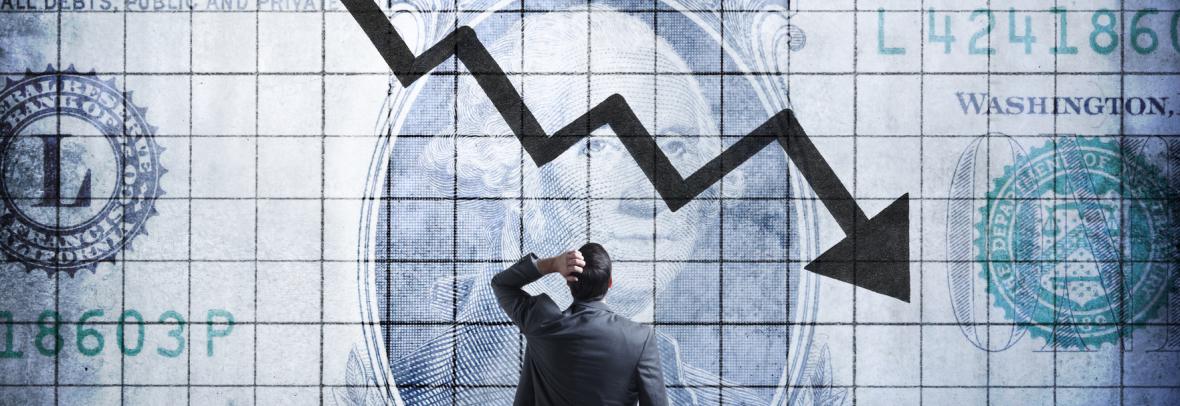
How to Get Started on Airbnb
Those looking to make some passive income can easily use the Airbnb rental system to streamline bookings. Instead of standard lodging options like hotels, an increasing number of travelers are interested in personalized experiences like bed and breakfasts and private homes with room rentals. Owner

The Fed raised rates. So why did mortgage rates fall?
Mortgage rates retreat toward 5 percent Conventional wisdom is that when the Federal Reserve hikes interest rates, mortgage rates are sure to follow. Well, not necessarily. After the Fed raised its benchmark rate by a historic 75 basis points, the average rate on the 30-year fixed mortgage fell to

Mortgage rates flirt with 6%, but silver linings exist
Higher borrowing costs may cool market, giving brokers and buyers time After reaching record-breaking lows during the pandemic, mortgage rates have been climbing at a similarly historic pace this year, worrying brokers and especially buyers. This week, rates reached another milestone. The average 3
Categories
Recent Posts











